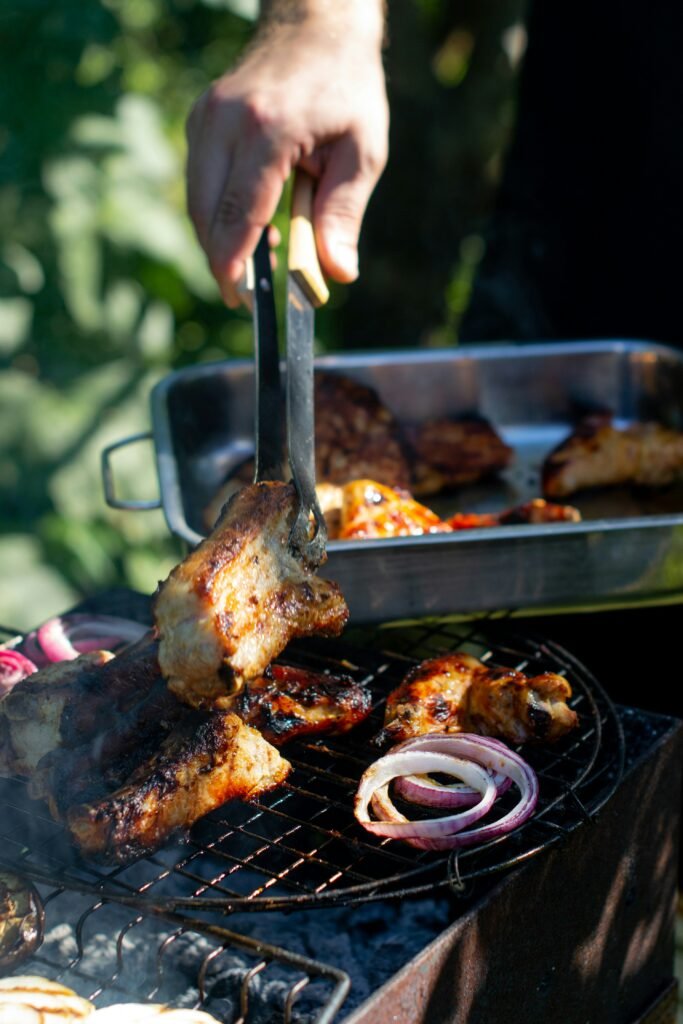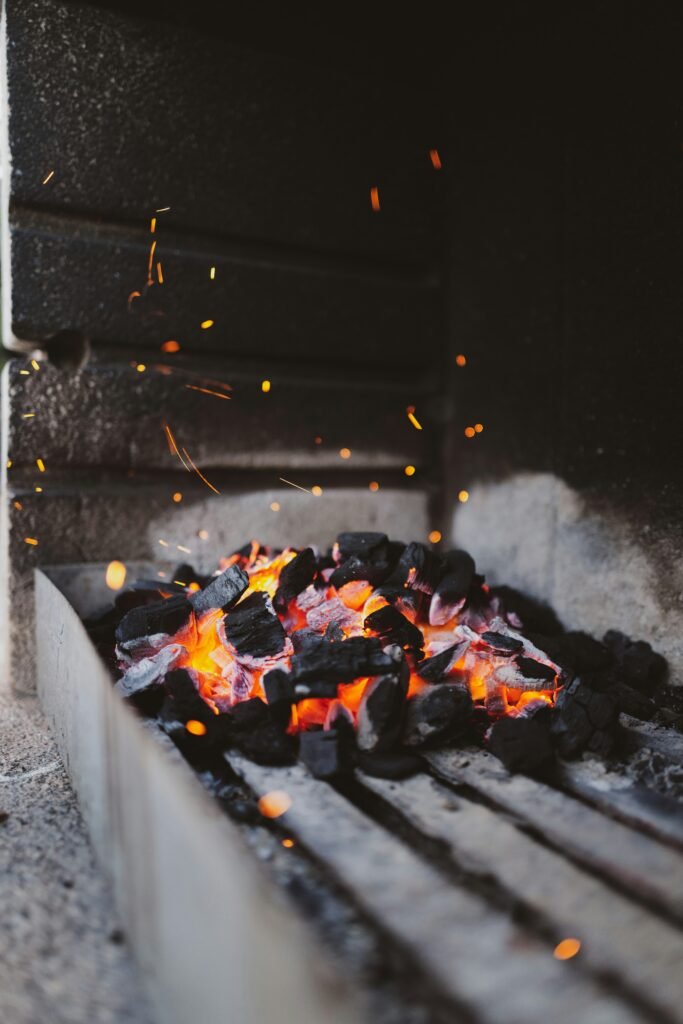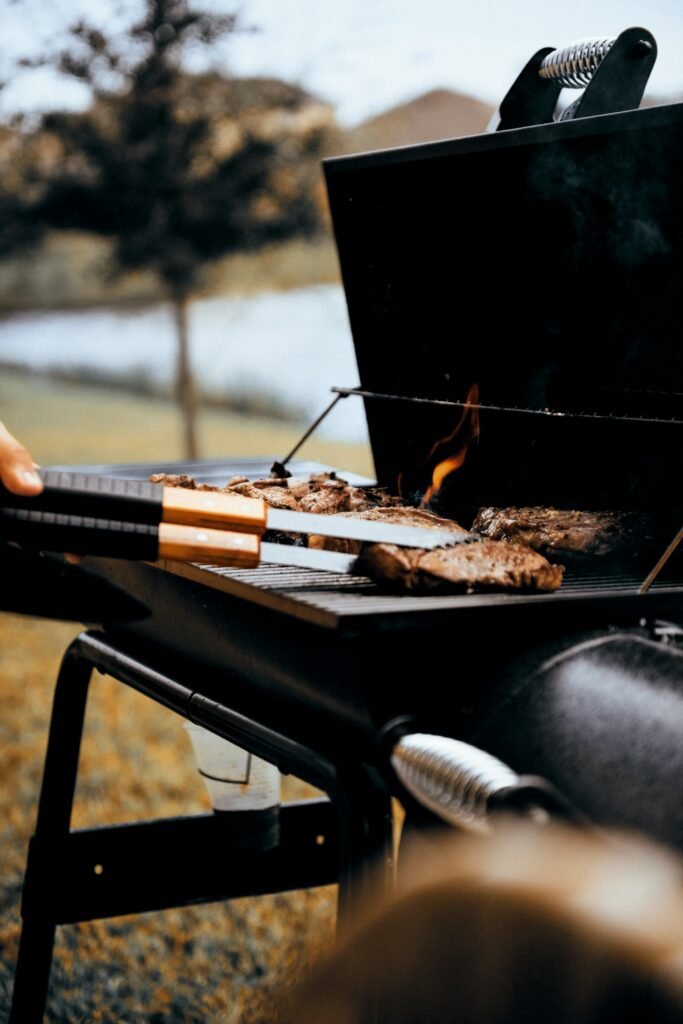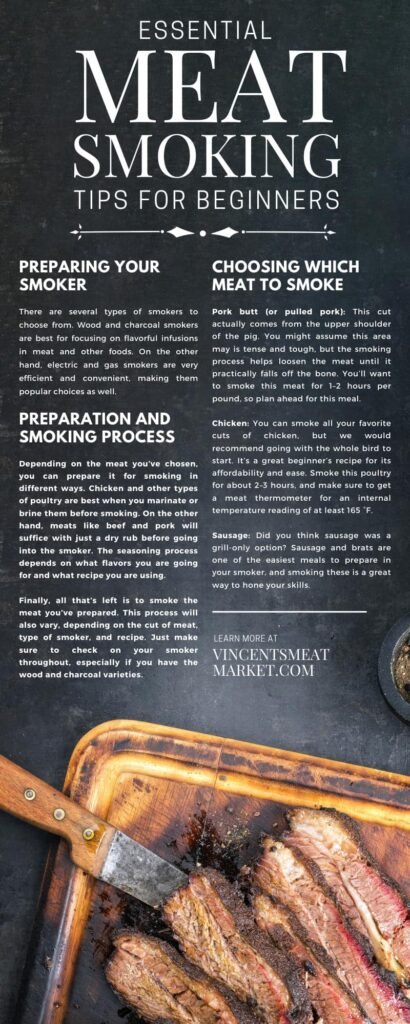Have you ever wondered why some meats taste so amazingly rich and tender, like they’ve been infused with love and a touch of smoky magic? We can often attribute that delightful depth of flavor to the process of smoking meat low and slow. It’s a technique that’s been cherished for generations, and once we started understanding its intricacies, we never turned back. Let’s chat about why taking our sweet time with our cuts of meat turns them into unforgettable culinary masterpieces.

This image is property of images.unsplash.com.
Why Choose Low and Slow?
Enhancing Flavor
Imagine the last BBQ you attended. Can you remember that one bite of brisket or pulled pork that left an indelible mark on your taste buds? That’s the magic of low and slow smoking. By cooking meats at a lower temperature over a longer period, we allow the smoke to penetrate deeply, imparting flavors that are rich, layered, and complex. Caramelization occurs gradually, and the gentle heat encourages the breakdown of connective tissues without drying out the meat.
Tenderizing Tough Cuts
Tough cuts like brisket, ribs, and pork shoulder might seem daunting at first glance, but they hold a secret: they become unbelievably tender when given time. The low and slow method gradually dissolves the connective tissue and collagen, transforming these cuts into succulent bites that melt in our mouths.
The Science Behind Smoking
The Maillard Reaction
We’ve all experienced that irresistible aroma wafting from the smoker. This sensory delight is largely due to the Maillard reaction—a chemical process that occurs when amino acids and sugars interact at high temperatures. It’s what gives smoked meats their distinctive crust and mouth-watering flavor profile. By smoking low and slow, we’re able to sustain this process over a longer duration, enhancing aroma and taste.
Smoke Penetration
Smoke isn’t just a whimsical addition; it’s an essential ingredient. The wood we choose significantly influences the flavor of our meat, and different types of wood impart different notes. The low temperatures during slow smoking allow for gradual smoke absorption, resulting in an even distribution of smoky goodness throughout the meat’s fibers.
Choosing the Right Wood
The variety of wood we can use opens a world of flavors, giving us endless possibilities for experimentation.
| Type of Wood | Flavor Profile | Best Used With |
|---|---|---|
| Hickory | Strong, smoky, bacon-like | Pork, ribs, ham |
| Mesquite | Earthy, hearty, intense | Beef, brisket |
| Apple | Light, fruity, sweet | Poultry, pork |
| Cherry | Mild, sweet, fruity | Poultry, lamb, beef |
| Oak | Medium, versatile, balanced | Almost any meat |
We should consider the meat we’re planning to smoke before selecting our wood. A mismatched wood and meat can lead to an overpowering taste.
Temperature Control is Key
Consistency Matters
Achieving the perfect smoked meat isn’t just about choosing the right wood and meat; it requires precise temperature control. The ideal smoker temperatures range between 225°F to 250°F. Maintaining this temperature range is crucial to ensure even cooking and perfect tenderization.
Thermometer: Our Best Friend
We’ve learned that the most reliable way to guarantee the right doneness is through the use of a food thermometer. It helps us monitor internal meat temperatures without needing constant smoker peeks, which could disrupt the ambient temperature and extend cooking time.

This image is property of images.unsplash.com.
The Ritual of Patience
Mastering the Wait
There’s something almost meditative about the process of smoking meat. It asks us to slow down, to engage with time in a way that contrasts sharply with the hustle and bustle of modern life. In this pause, there’s a lesson in patience and reward. While it’s tempting to rush the process by cranking up the heat, we know that the key lies in waiting and letting the smoker work its charm.
Community and Connection
We’ve discovered that beyond the flavor, smoking meat low and slow holds a remarkable power to bring people together. Whether it’s a backyard gathering or a family cookout, the long hours spent tending to the smoker create opportunities for connection and stories shared over a cold drink.
The Equipment: Tools of the Trade
To embark on our smoking endeavors, having the right equipment can amplify our experiences and results.
Smokers: A Brief Overview
- Offset Smokers: These traditional smokers offer full control, separating the firebox from the cooking chamber, which allows for an authentic smoking experience.
- Electric Smokers: Easier for beginners, electric smokers provide consistent temperature control with minimal effort.
- Pellet Smokers: Offering versatility and ease, pellet smokers use natural wood pellets and maintain temperature automatically, making them highly convenient.
Essential Accessories
To enhance our smoking journey, there are a few accessories that can make a world of difference:
- Charcoal Chimney Starter: An efficient way to heat charcoal evenly without lighter fluid.
- Meat Thermometer: For checking internal temperatures without constantly opening the smoker.
- Wood Chips and Chunks: Different types for different flavors.
- Aluminum Foil: Useful for the Texas crutch method, which can expedite cooking and render meats juicier.

This image is property of images.unsplash.com.
Sauce, Rubs, and Brines: Seasoning the Smoked
The Perfect Dry Rub
A well-crafted rub adds an exquisite layer of flavor, enhancing and complementing our meat’s natural taste. We often blend spices like paprika, garlic, brown sugar, and cayenne, adjusting based on personal preference and the meat we’re working with.
Sauce on the Side?
When it comes to sauces, we tend to serve them as an optional accompaniment rather than using them during smoking. It allows our guests to appreciate the natural smoked flavor before adding any extras. Whether we prefer a tangy Carolina mustard sauce or a sweet Kansas City classic, there’s something for everyone.
Brining for Juiciness
A practice we swear by, especially for poultry, is brining. Soaking meat in a saltwater solution prior to smoking ensures it retains moisture and enhances its flavor. We sometimes add herbs and spices for an additional kick.
The Art of Presentation
Let It Rest
Once the meat finishes smoking, the journey isn’t over. Allowing it to rest for at least 10-15 minutes before cutting lets the juices redistribute, ensuring every bite is as juicy and flavorful as possible.
Slicing and Serving
We’ve learned that the direction in which we slice our meat matters. Always slicing against the grain yields the most tender pieces. Presenting our smoked meats on a rustic wooden board, complete with sides like coleslaw or pickles, captures the full essence of a classic BBQ feast.
The Cultural and Historical Significance
A Global Tradition
Smoking meat transcends cultures and continents, each with its unique twists and influences. From American Southern BBQ to the wood-fired spit roasts of the Mediterranean, the principles remain remarkably similar: patience, flavor, community.
Connecting to Our Roots
There’s something profoundly grounding about engaging in a tradition steeped in history. Every time we gather around the smoker, we’re tapping into a ritual that has connected generations. It’s a reminder of simpler times, of respecting the process, and the gratification that comes from labor.
Troubleshooting Common Challenges
Although the process may seem daunting, addressing common pitfalls can turn challenges into opportunities for mastery.
Temperature Fluctuations
If our smoker’s temperature is inconsistent, it’s often due to environmental factors like wind. We’ve found that placing the smoker in a sheltered area or using windbreaks can help maintain stability.
Smoke Control
Too much smoke can lead to a bitter taste. We aim for a light blue smoke, which indicates a clean burn, ensuring we adjust air vents properly to avoid thick, cloudy smoke.
Dry Meat
Discovering the perfect balance can prevent dryness. Opt for fattier cuts, utilize brining, or use the Texas crutch method, where wrapping meats in foil partway through smoking locks in moisture.
Experimentation and Innovation
Mixing it Up
We relish the chance to experiment, whether it’s trying new wood chip combinations, crafting a unique rub with spices from around the globe, or even incorporating smoked flavors into unexpected dishes like desserts or cocktails. Each experiment is an opportunity to learn and expand our culinary horizons.
Collaborative Cookouts
Inviting friends and family to co-create at a cookout offers a delightful blend of sharing and learning. Everyone brings their twist, and we leave with fresh perspective and inspiration for future smokes.
Conclusion
Embracing the low and slow smoking method unlocks an unparalleled world of flavors and experiences, creating not just delicious meals, but lasting memories. The process—steeped in history and artistry—allows us to pause, savor, and connect, turning each smokey bite into a celebration of patience and community. As we continue to hone our craft, we find endless joy in the journey, knowing that the best is only a smoke away.





